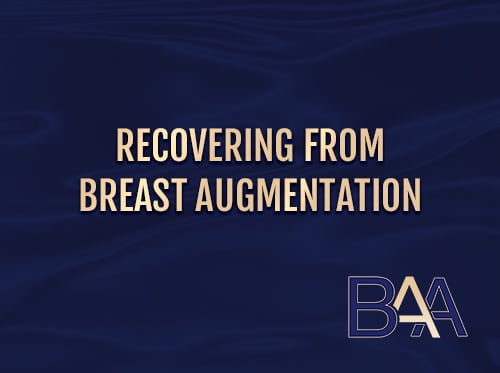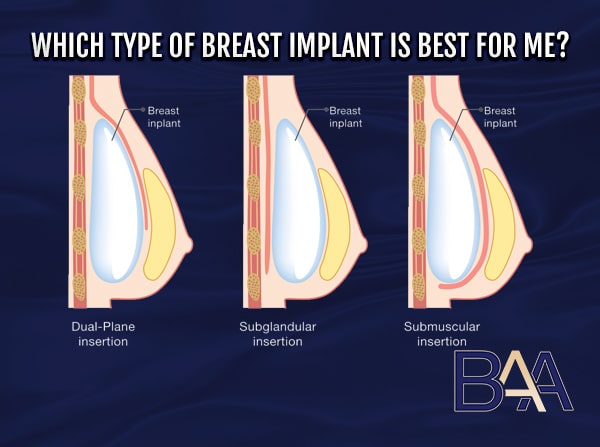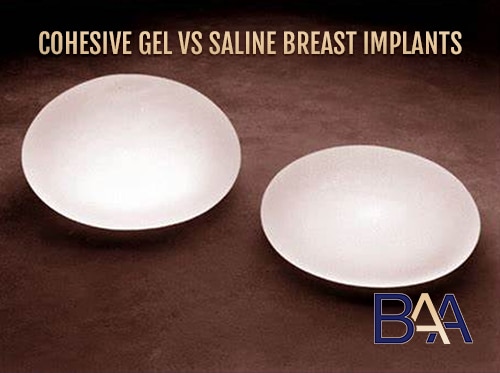Breast Implant Revision What Are My Options
Breast augmentation is one of the top cosmetic procedures worldwide. However, breast implants are devices and might eventually fail, leading to revision surgery.
Breast implant revision mainly involves the removal of the implant and an additional procedure. Some breast revision surgery options include implant removal and replacement, implant removal and breast lift, implant removal without breast lift, and implant removal and breast reduction, among others.
Some reasons leading to breast implant revision are rupture, rotation, malposition, and capsular contracture. Each of these will lead to revision surgery to correct the condition. However, the operation involved will vary. Another reason for revision surgery may be patient dissatisfaction with the results, implant size and shape, muscle bands, and other factors. Additionally, the patient may be concerned about having textured implants due to the risk of BIA-ALCL. This way, they can choose revision and change the implants to smooth ones.
What is Breast Implant Revision Surgery?
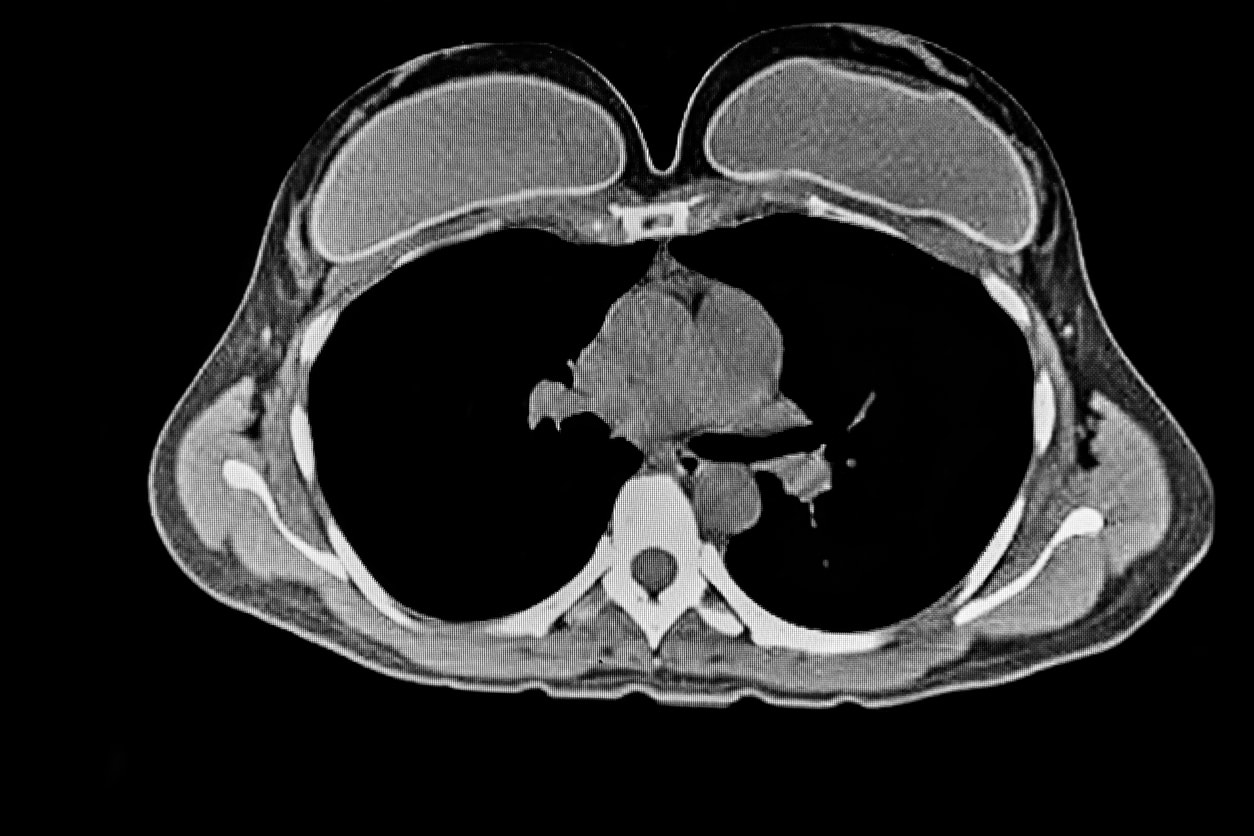
Breast implant revision surgery involves different procedures depending on the condition requiring correction. These include removal (with or without capsulectomy), removal replacement (with or without capsulectomy), and breast lift (leaving the implant in or taking it out).
Implant revision surgery aims at satisfying the patient’s expected results. It enhances the appearance of the breast or corrects complications arising from the primary breast implant surgery. The procedure corrects complications like implant rotation, malposition, asymmetry, excessive scarring, and aging issues like breast sagging. It may also involve decreasing or increasing breast size or shape, repositioning the breast implant, or implant removal and a concurrent breast lift (mastopexy).
In malposition cases, and the implant is displaced inferior, then the pocket is opened up, and the old implant left intact. The surgeon can stitch the lower border of the pocket to elevate the implant. Sometimes, the surgeon can remove the old implant, stitch the pocket, and then replace the old implant. Another option used in cases of malposition is the mesh TiLoop which helps in breast or pelvic floor reconstruction.
Women may require implant revision surgery several years after the primary surgery or after a shorter period. Before undergoing breast implant revision, the patient should consider the following:
- The quality of the breast tissue
- If they want implant removal and replacement at the same time
- Degree of breast ptosis
- If the placement of the new implants is the same breast pocket
- The effects of implant removal on the breasts
Breast Implant Revision Options
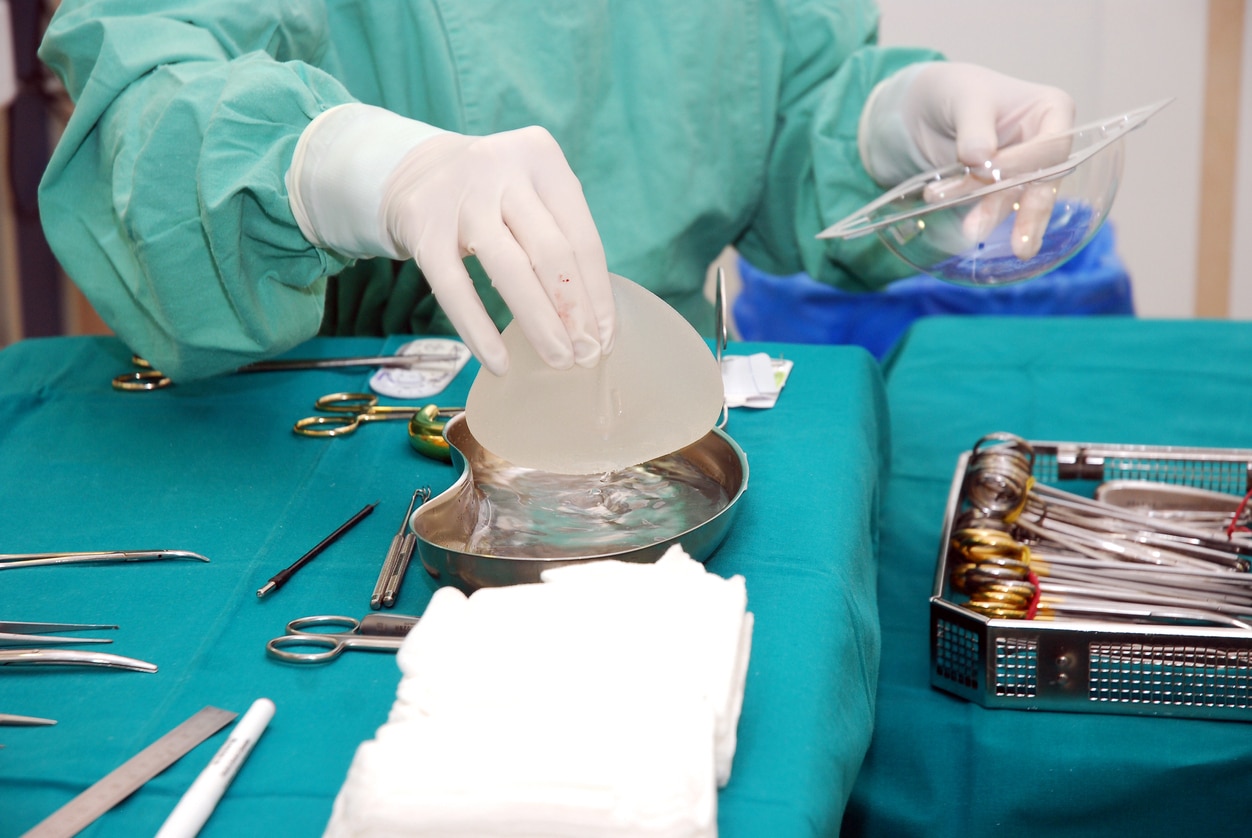
Breast implant revision options depend on the patient’s desired results, the complication under treatment, or the risks involved. Patients should note that breast implant revision surgery is more complicated than initial breast augmentation surgery. Therefore, they should undergo implant revision surgery only when crucial and should consult an experienced specialist surgeon.
Below are some of the implant revision surgery options.
Implant Removal and Replacement

Breast implant replacement surgery involves removing and replacing the initial breast implants with new ones. Depending on the complication, the surgeon can remove the scar capsule. The procedure helps improve the aesthetics and correct any complications. These include size modification, symmetry, implant rupture, capsular contracture, or update of implant type.
Ruptured breast implants with no issues of the pocket will require old implant removal and replacement with a new implant with no capsulectomy. In the case of malposition, the surgeon will remove the old implant, stitch the pocket to tighten it, then insert either a new or old implant back. When the issue is the pectoralis muscle bands, the surgeon will remove the old implant, create a new pocket above the muscle, then insert a new implant.
When correcting capsular contracture, the new implant will be placed in a different breast pocket and under the chest muscle. If the patient wants a different implant type or size, the surgeon removes the old implants and replaces them with new ones.
Breast implant replacement surgery may also involve changing the implant volume, size, and positioning. The reason for implant removal, however, determines these. If the reason for implant removal is capsular contracture, the surgeon often uses the exact implant size.
Implant Removal Without Replacement
Complete breast implant removal is known as explant surgery. It involves removing the breast implant entirely without replacement. The surgeon often inserts drains in the space left by the implant and closes the incision.
Patients who undergo implant removal without replacement have an increased risk of breast sagging. The effect is reduced in women with smaller breast implants because they don’t cause too much stretching on the skin. Age and skin elasticity also play a role in breast sagging after implant removal. Older women will often experience increased breast ptosis compared to their younger counterparts.
Implant Removal and Breast Lift
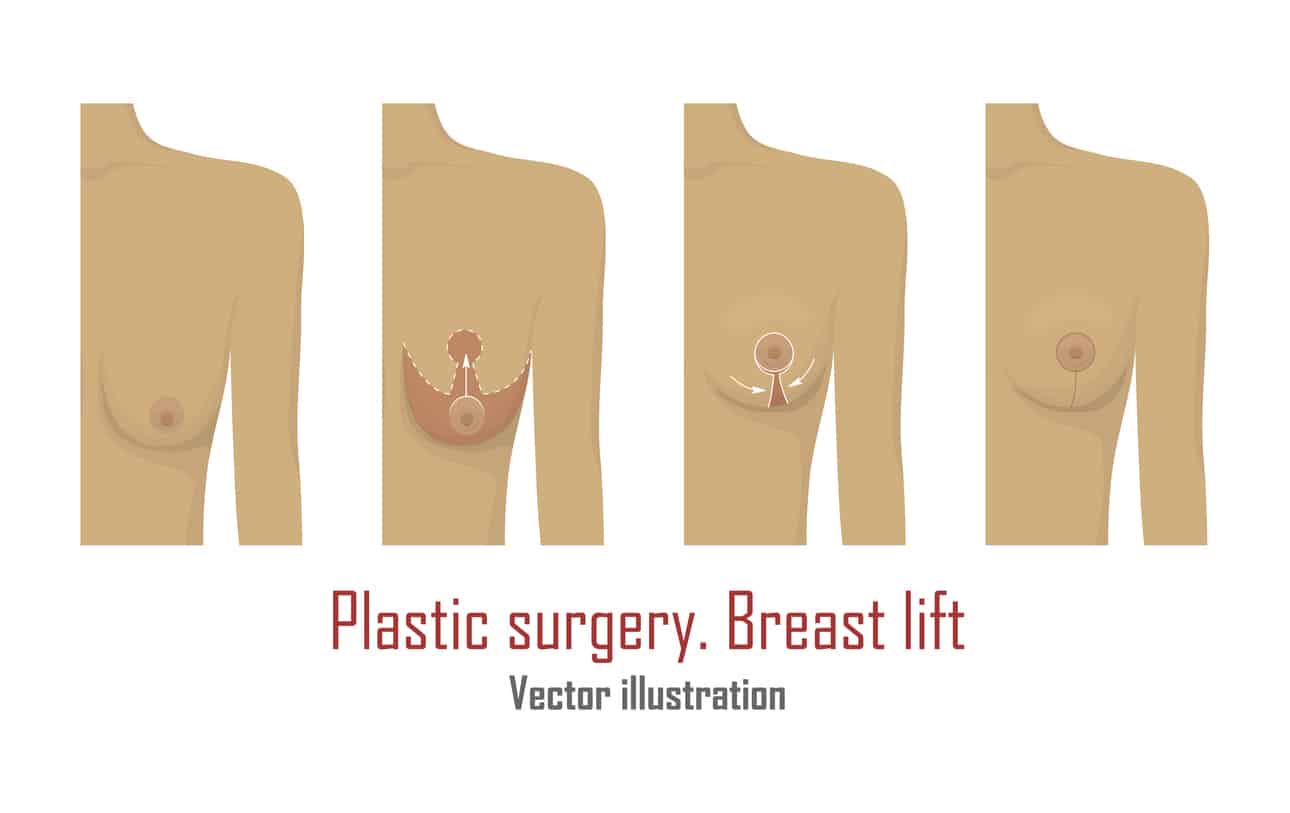
Removal of breast implants often leaves excess breast skin with breasts hanging low and nipples pointing downwards. A breast implant removal and breast lift procedure helps tighten the breast and gives them a natural look. Breast lift (mastopexy) does not affect any future imaging and does not require further revision surgery.
However, the procedure is associated with an increased incision and a possibility of increased scarring. Some women may choose implant removal and breast lift as two different surgeries instead of undergoing both concurrently. This can be within three to twelve months after the implant removal procedure. The wait is to see if the breast will return to their normal size without the breast lift procedure.
Dr. Bernard Beldholm MBBS B.Sc (Med), FRACS, recommends implant removal and then a breast lift as a second-stage operation.
Implant Removal and Breast Reduction
Breast reduction reduces breast size, reshapes, and lifts them, improving breast appearance. The main reason for breast reduction is breast sagging due to weight fluctuations, pregnancy, or other factors that can cause excess sagging.
In addition, breasts may grow bigger with age or menopause. Women may undergo breast reduction for various reasons, such as health issues, aesthetic preferences, or lifestyle changes. A standard procedure is to take out the implant, let the breast heal for some time, and then perform a breast reduction surgery to reduce the size and weight of the breast. This procedure helps to improve the patient’s posture, breast symmetry, and overall comfort.
Fat Grafting
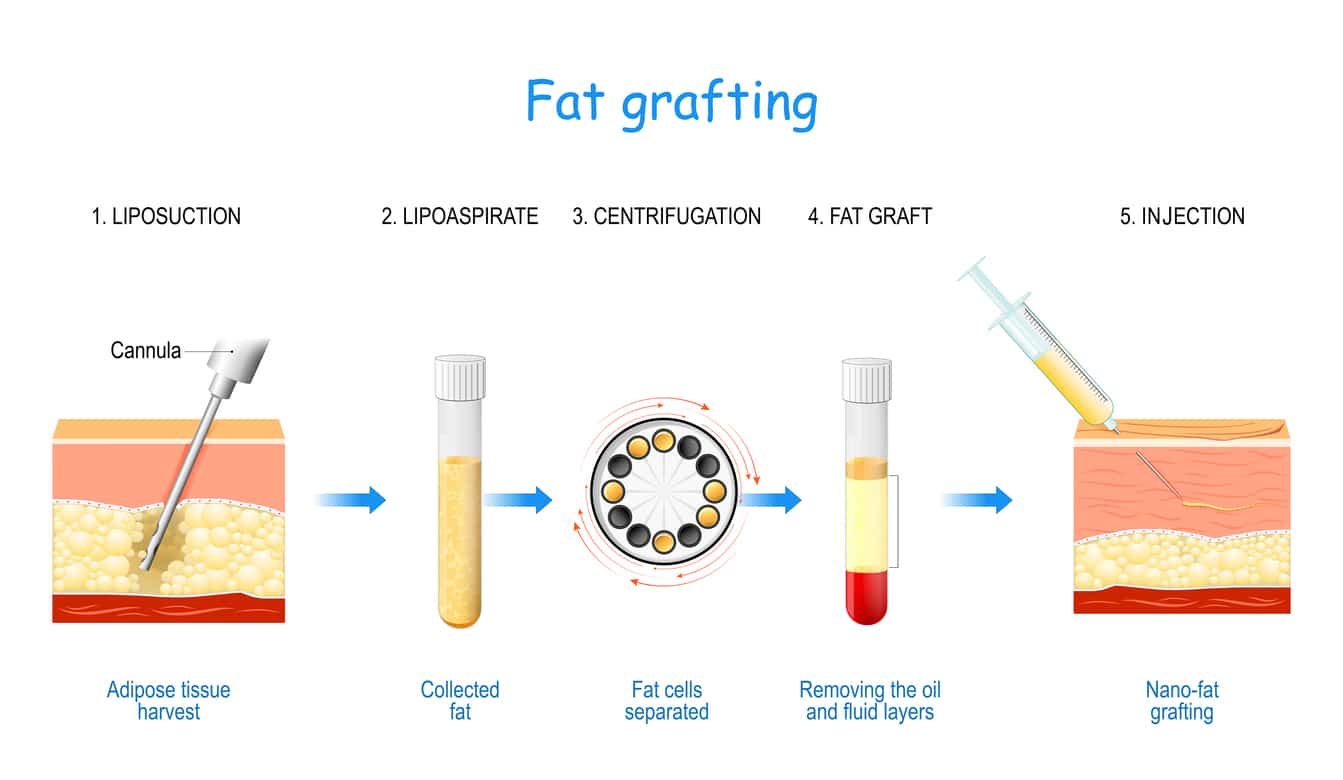
The fat grafting procedure involves fat transfer from other body parts like the abdomen, thighs, or hips, using liposuction and injecting the fat into the breasts. Patients undergo fat grafting to fill breast contour irregularities or increase their breast size.
Revision surgery using fat grafting can be done with or without breast implant removal. It’s usually performed as a separate procedure.
Fat grafting technique is a preference for patients seeking a more natural option of breast implant surgery. Patients wanting a small breast size increase opt for this technique.
Composite Breast Augmentation
Composite breast augmentation procedure combines breast implants with a fat grafting technique. The surgeon positions the breast implants in the created breast pocket and injects the fat into the breast. The fat improves breast shape, volume, and contouring.
The procedure helps the patient achieve more natural results than using implants alone. The fat also increases the breasts’ natural look by creating a smoother transition between the breast tissue and the implant.
Apart from the above methods, other breast implant revision options include,
- Areola or Nipple Revision
- Breast Pocket Adjustment
- Capsule Adjustment
- Repositioning of Existing Implants
Reasons for Undergoing Implant Revision or Replacement
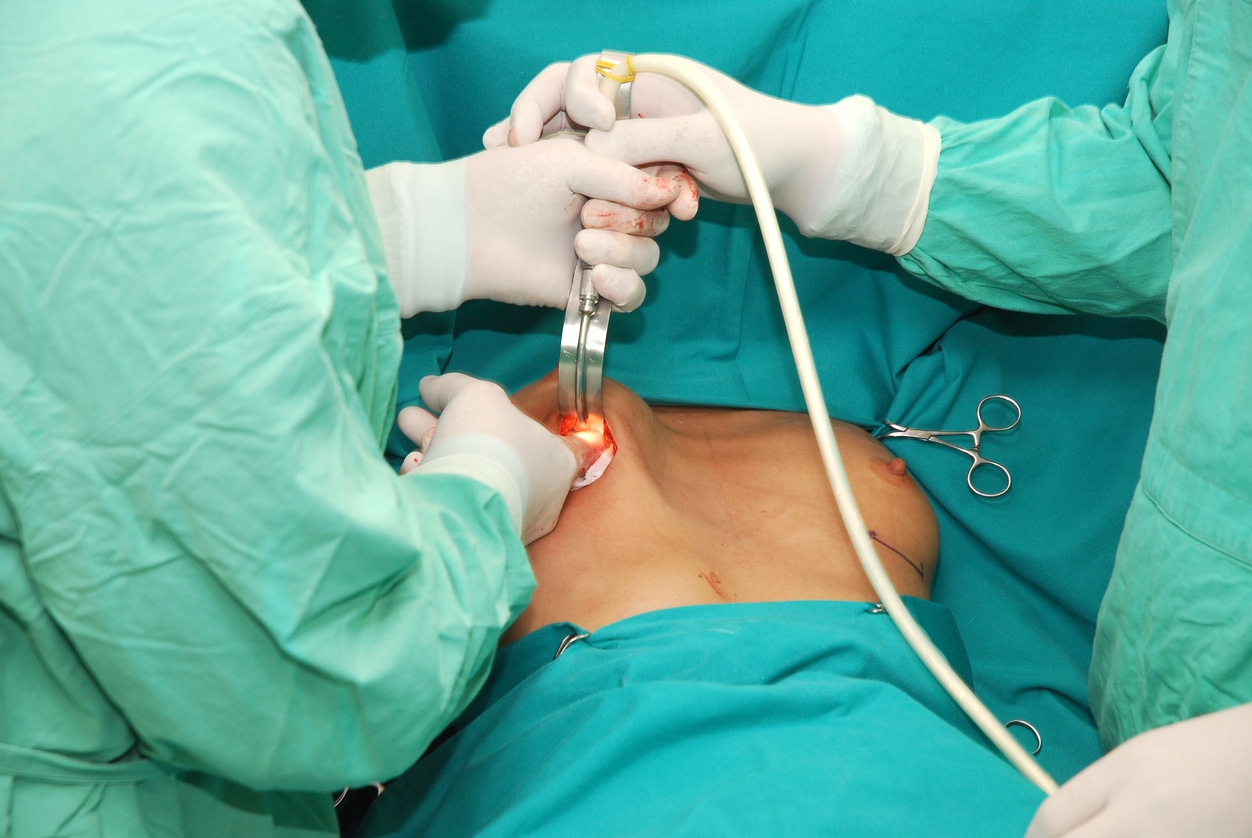
There are different reasons for undergoing breast revision surgery, which may differ for different women. Some of the common reasons prompting implant revision surgery include:
Personal Preference
Despite a high satisfaction rate among breast augmentation patients, some may not be satisfied with the final results. This may prompt them to undergo revision surgery to get the desired results. In addition, preference may change with time due to the body’s natural changes, like hormones, weight fluctuations, and pregnancy.
Breast Implants Safety Concerns
Following the ban of a specific type of macro-textured breast implants by different countries, patients with the implant may be concerned. This type of silicone implant is associated with BIA-ALCL, a rare type of cancer. Although health organisations recommend that patients with a specific type of implant don’t have to worry, some patients may opt for implant revision.
Breast implant illness is another reason women with breast implants may consider implant revision. These symptoms include fatigue, hair loss, headaches, memory loss, photosensitivity, depression, chronic pain, and sleep deprivation. Despite the lack of scientific evidence linking these symptoms to breast implants, patients may undergo implant removal or revision due to the symptoms. Patients have reported that the symptoms reduced after implant removal.
Breast Size Increase or Decrease
Sometimes a patient may consider getting larger or smaller breasts after the primary breast augmentation procedure. The plastic surgeon may propose breast implant revision surgery to achieve this. For breast reduction, the procedure is often accompanied by a breast lift (mastopexy) to prevent breast ptosis due to excess skin.
Breast Implant Complications
Breast implant-related complications are among the highest reasons for implant revision. Below are some common breast implant complications that may necessitate implant revision.
Implant Rupture

Sometimes, the implant shell may break, leading to ruptured breast implants. This will cause implant deflation and deformity, requiring implant replacement. The deflation is more visible in saline breast implants compared to silicone implants. Silicone implants undergo silent rupture, which is hard to detect and requires an ultrasound or MRI to detect. With advanced technology, the risk of modern silicone implant rupture is less than 1%.
Implant Malposition
Malposition occurs when the breast implants move from the original placement position. The implants can move inward (symmastia), upward, downward, or outward (toward the armpits). Breast implant malposition can be minimised by following the post-operation care instructions. In addition, the placement of implants above the chest muscle lowers the risk of implant malposition. Patients with large implants face a higher risk of implant malposition than those with smaller implants.
Capsular Contracture
It occurs when the capsule surrounding the breast implant hardens. It can cause breast pain, hardness, and change of shape. Capsular contracture can occur within three months or years later after surgery.
Treatment of capsular contracture involves the removal of the surrounding capsular and the implant. Patients with capsular contracture need to consult a general specialist for treatment.
There are different options for capsular removal, including:
- Total Capsulectomy – This involves the old implant removal followed by the capsule
- Partial Capsulectomy – Involves implant removal and partial removal of the capsule
- En Bloc Capsulectomy – En Bloc Capsulectomy comprises the implant removal together with the scar capsule as one piece
Other Factors That May Necessitate Implant Revision Surgery
- Rippling, causing visibility of the breast implant contour
- Breast ptosis or sagging
- Implant rotation- this is common in round breast implants
- Hypertrophy- increase in the size of the natural breast tissue
- Correcting excess scarring
- Double bubble- occurs when breast implants drop below the breast’s natural fold
- Bottom out- This occurs when the nipples appear too high or the inframammary fold too low
- To change the type of breast implant
- To replace the old implants with a natural alternative like fat grafting
Risks Associated with Breast Implant Revision
Breast revision surgery, like any other surgical procedure, is associated with certain risks. Below are some of the risks.
- Excess scarring
- Hematoma
- Breast skin wrinkling
- Blood clots
- Breast pain
- Seroma (fluid accumulation around the implant)
- Anaesthesia risk
- Pulmonary complications
- Changes in nipple sensation
- Infection
- Implant rupture
- Capsular contracture
- Poor incision wound healing
The surgeon will discuss the risks involved before performing any surgical procedure. The patient should note that most patients don’t suffer from the risks involved because it depends on the patient’s body response to surgery. There are no guarantees that you’ll get the expected results after surgery. Some complications, like capsular contracture and implant rupture, may reoccur after revision surgery.
Following the recovery guidelines provided by the surgeon reduces the risks involved and the occurrence of complications. A patient should consult a specialist surgeon (FRACS) on breast implant revision surgery concerns.
FAQs
Below are some of the frequently asked questions regarding breast implant revision surgery.
After How Long Should I Have My Breast Implants Replaced?
There’s no specific time for breast implant removal. Different women will undergo implant removal for different reasons and times.
How can I Get Surgery Details and Breast Implant information About my Previous Surgery?
If you are in Australia, the first step is to contact the surgeon who performed your primary surgery. You must sign an authorisation form to transfer the information to another surgeon.
You can also get the information from Australia Breast Device Registry if the previous surgery was in Australia and the surgeon registered the details. In addition, you can find the implant details from the manufacturer if you recall the implant’s brand name.
What is the Cost of Breast Implant Revision in Australia?
The cost of revision surgery varies depending on different factors. Different surgeons will charge different amounts for the same procedure. In addition, different procedures will also cost different amounts.
Some breast revision procedures may be covered under Medicare or private health insurance if they are medically necessary and have an MBS Item Number. These procedures include those treating complications like capsular contracture and implant rupture. Medicare also covers revision surgery procedures whose primary surgery was to treat developmental conditions and breast cancer. Some breast implants also have a lifetime warranty.
How Long Does Breast Implant Revision Procedure Take?
The time taken for any procedure depends on several factors. These include the technique applied, the complexity of the procedure, and the patient’s anatomy, among others. However, most breast implant revision surgery procedures take one to three hours.
Where Can I Find a Specialist Surgeon for Breast Implant Revision in Australia?
If you are in Australia and looking for breast augmentation in Newcastle or Sydney, contact specialist surgeon Dr. Bernard Beldholm MBBS B.Sc (Med), FRACS of Breast Aesthetics Australia clinic.
References
- Casella, D., Bernini, M., Bencini, L., Roselli, J., Lacaria, M. T., Martellucci, J., Banfi, R., Calabrese, C., & Orzalesi, L. (2014). TiLoop® Bra mesh used for immediate breast reconstruction: comparison of retropectoral and subcutaneous implant placement in a prospective single-institution series. European Journal of Plastic Surgery, 37(11), 599–604.
- Giot, J., Paek, L. S., Nizard, N., El-Diwany, M., Gaboury, L., Nelea, M., Bou-Merhi, J., Harris, P. N. A., & Danino, M. A. (2015). The double capsules in macro-textured breast implants. Biomaterials, 67, 65–72.
- Kühn, S., Georgijewitsch, M. A., Wehle, A., Billner, M., Küenzlen, L., Rothenberger, J., & Rieger, U. M. (2020). Implant Replacement or Removal: What Happens after Capsular Contracture? A German Study Examining Breast Implant Revision
- Turner, A. E., Abu-Ghname, A., Davis, M. M., Winocour, S., Hanson, S. E., & Chu, C. K. (2020). Fat Grafting in Breast Reconstruction. Seminars in Plastic Surgery, 34(01), 017–023. Surgery and Patient Choices in 946 Cases. Breast Care, 16(4), 350–357.
- Turner, A. E., Abu-Ghname, A., Davis, M. M., Winocour, S., Hanson, S. E., & Chu, C. K. (2020b). Fat Grafting in Breast Reconstruction. Seminars in Plastic Surgery, 34(01), 017–023.
- McKernan, C. D., Vorstenbosch, J., Chu, J. N., & Nelson, J. A. (2021). Breast Implant Safety: an Overview of Current Regulations and Screening Guidelines. Journal of General Internal Medicine.
- Del Vecchio, D. A. (2012). “SIEF”—Simultaneous Implant Exchange with Fat. Plastic and Reconstructive Surgery, 130(6), 1187–1196.
- Hall-Findlay, E. J. (2011). Breast Implant Complication Review: Double Capsules and Late Seromas. Plastic and Reconstructive Surgery, 127(1), 56–66.
- Tervaert, J. W. C., Mohazab, N., Redmond, D., Van Eeden, C., & Osman, M. S. (2022). Breast implant illness: scientific evidence of its existence. Expert Review of Clinical Immunology, 18(1), 15–29.
- Netscher, D. T., Sharma, S., Thornby, J., Peltier, M., Lyos, A. T., Fater, M. C., & Mosharrafa, A. M. (1997). Aesthetic Outcome of Breast Implant Removal in 85 Consecutive Patients. Plastic and Reconstructive Surgery, 100(1), 206–219.
- Simonacci, F., Bertozzi, N., Grieco, M., Grignaffini, E., & Raposio, E. (2017). Procedure, applications, and outcomes of autologous fat grafting. Annals of Medicine and Surgery, 20, 49–60.
